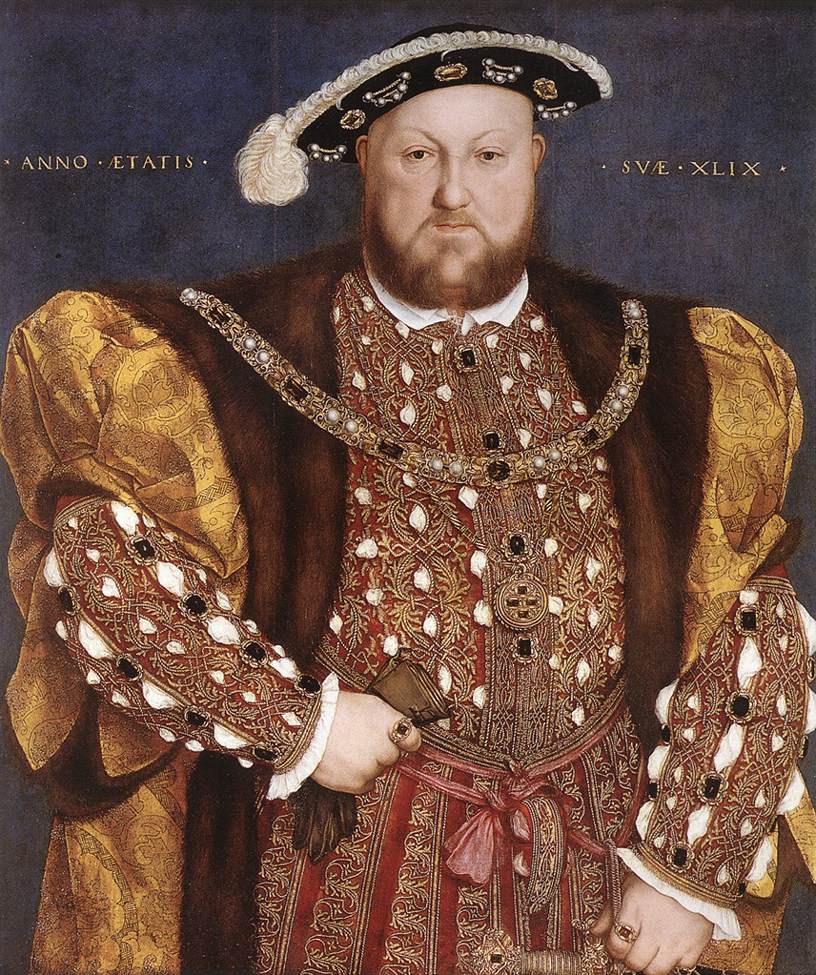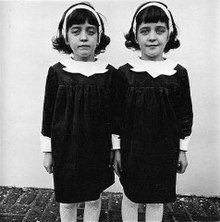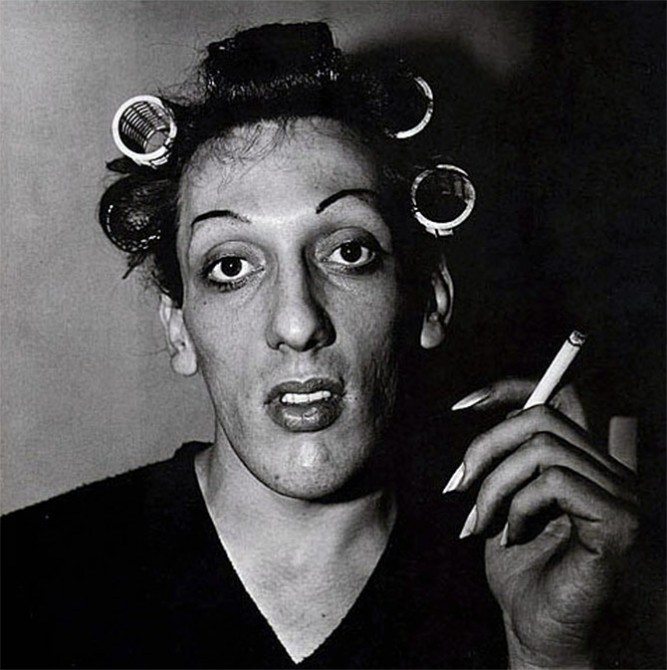Portraiture


Portraiture is arguably one of the earliest forms of art, evolving from the most primitive cave-painting to the modern day "Selfie". People have long tried to depict and capture somebodies image and personality within paintings or photographs. It is only in the last century that the opportunity has arisen for near anybody to have their own portraits and photographs taken- this being due to the spread of cheap, affordable and mass produced cameras (ranging from box cameras all the way through to single use disposable cameras and the Smart-phones and tablets.) In the past portraiture was mainly reserved for the wealthy and privileged, this being for a number of reasons including the need to hire and pay an artist. Before modern portraiture, the majority of subjects would be depicted in a flattering manner, usually having an exaggerated outcome sometimes barely recognisable from the original subject (somewhat similar to modern day use of photo manipulation software). In contrast, modern day portraiture has given photographers the opportunity to capture people at their most vulnerable, truly capturing the emotions and personality of a subject "warts and all". Today, one can expect to view a portrait nearly every day- be it The Queen's face on a £5 Note, a poster in a bus shelter or one of hundreds of thousands of images uploaded onto social networking websites eachday.

The 20th Century saw the rise of photography as a profession and also as an artform, Diane Arbus being a notable person to do this. Born in New York in 1923, she specialised in capturing images of less conventional subjects- including identical twins, Giants and naturists. She chose to do this because in her personal opinion those with physical deformities, mental illness and Abnormalities had already been through the most "traumatic" periods of their life- from the very beginning, whereas everyone else was waiting in anticipation for the same to happen to them. She wanted to illustrate how exactly these people stood strong, she used a multitude of styles for photography including asking her subjects to pose- this can arguably be more useful for her methods of portraiture as it allows a better look at the personality and character of those that she is taking pictures of.
All in all, the journey of photography has drastically changed course since it's privileged beginnings, allowing the true personality of somebody to shine through a photograph.




No comments:
Post a Comment